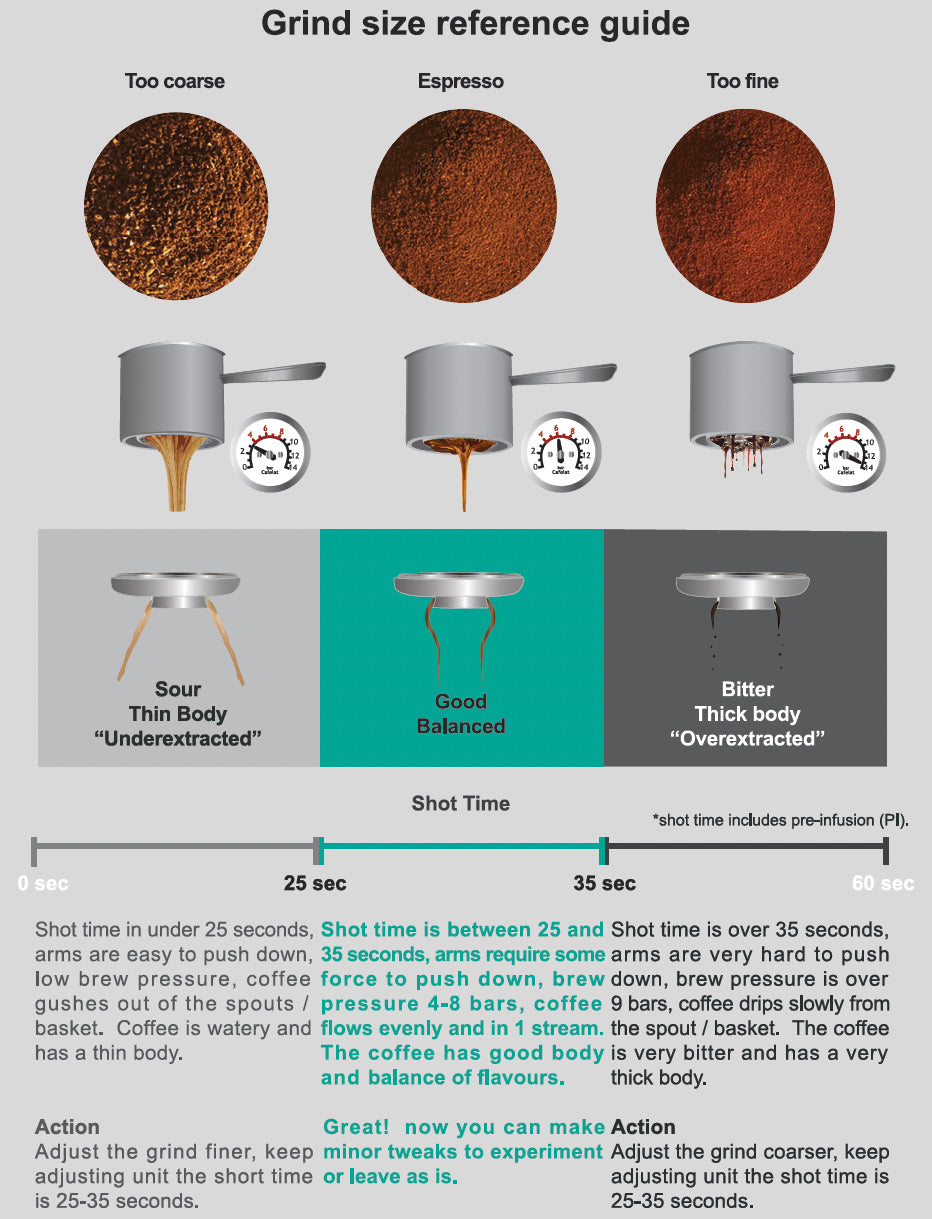For any home barista, mastering espresso extraction timing can elevate your coffee game to new heights. The true beauty of espresso is all about finding the perfect interplay between timing, grind size, and extraction flow. When I first began my espresso journey, the process seemed intimidating, but it quickly became a delightful and rewarding part of my daily routine once I grasped the key details. Dive into the features and performance in our DeLonghi Magnifica Evo review

Why Timing Espresso Extraction Matters
Timing is critical to producing a well-balanced and consistent espresso. It influences how much flavor you extract from the coffee grounds. If the extraction time is too short, you end up with an under-extracted shot, leading to a sharp, sour espresso that lacks complexity. Conversely, an overly long extraction can result in bitterness and a lingering aftertaste, common signs of over-extraction. Learn why this classic model stands out in our DeLonghi Magnifica S review
Methods for Timing Espresso Extraction
In my experience, there are two popular methods for timing espresso extraction. You can either start the timer when the pump starts, or you can begin when you see the first drip of espresso. Personally, I start the timer as soon as I press the button, which accounts for pre-infusion time and helps achieve better consistency across multiple shots. Discover the convenience and technology in our Philips LatteGo 5400 review
Finding the Optimal Extraction Time
Generally, the ideal window for espresso extraction falls between 25 to 35 seconds. Through my own experimentation, I have found that around 30 seconds tends to yield a well-balanced shot. If the extraction is completed in under 25 seconds, it is likely under-extracted, resulting in a weak and sour taste. On the other hand, if it extends beyond 35 seconds, it can lead to over-extraction, characterized by an excessively bitter taste. Explore the compact design and features in our Philips 3200 LatteGo review
Adjusting Grind Size for Ideal Extraction Timing
The extraction timing of your espresso is heavily influenced by the grind size. A finer grind will lengthen extraction, whereas a coarser grind will speed it up. If your shot is coming out too quickly (under 25 seconds), your grind is probably too coarse. If it’s taking longer than 35 seconds, you might need a coarser grind. Finding the right grind took me several attempts, but once I perfected it, the quality of my espresso improved significantly. Get all the details on versatility and functionality in our Philips 4300 LatteGo review
Let Your Taste Guide You
While timing is essential, your taste buds are ultimately the most reliable judge of a successful espresso shot. I've discovered that no matter how precise my timing may be, flavor remains the deciding factor. A great shot should present a balance of sweetness, acidity, and body. If your shot tastes sour or lacks depth, it might be under-extracted, suggesting a finer grind or adjustments to the brew ratio. If it's too bitter or dry, it's likely over-extracted, and a coarser grind or shorter extraction time could help.
Troubleshooting Common Extraction Issues
Here are a few common extraction problems and their solutions based on my experience:
- Under-extraction: If the shot pulls in under 25 seconds and tastes sour, the grind is likely too coarse. The solution is to make the grind finer and try again.
- Over-extraction: If the shot takes more than 35 seconds and has a bitter, dry aftertaste, the grind is probably too fine. Opting for a coarser grind usually resolves the issue.
Pre-Infusion and Its Impact on Extraction Timing
Pre-infusion is another factor that can influence extraction timing. Some espresso machines feature automatic pre-infusion, where water initially saturates the coffee grounds before applying full pressure. Including pre-infusion in the overall extraction time can yield better consistency. For those without automatic pre-infusion, manually starting and stopping the pump can replicate this effect.
Experimenting with Brew Ratios for Enhanced Flavor
Another critical element that affects espresso extraction is the brew ratio, which measures the ratio of ground coffee to the final espresso output. A common starting point is a 1:2 ratio—for instance, using 18 grams of coffee to produce 36 grams of espresso. From my experience, adjusting this ratio based on the roast can lead to unique flavor discoveries.
For lighter roasts, a longer extraction or a higher brew ratio (e.g., 1:2.5) can highlight bright, fruity notes. For darker roasts, sticking closer to a 1:2 ratio can minimize bitterness while retaining richness and body.

The Value of Sensory Feedback
At the end of the day, tasting and analyzing your espresso is the ultimate key to improvement. While timing provides structure, it is taste that confirms whether the shot is truly perfect. I've had shots timed perfectly at 30 seconds that still fell short of expectations due to grind size or brew ratio missteps. With consistent practice and a focus on timing, grind, and ratio adjustments, I’ve been able to achieve consistently great shots.
Conclusion: The Journey to Espresso Mastery
Becoming proficient at espresso extraction is a journey that requires dedication, experimentation, and patience. By concentrating on essential factors like timing, grind adjustments, and tasting your results, you'll be pulling amazing espresso shots in no time. Keep practicing, stay curious, and let the flavors guide your way to the perfect cup.
